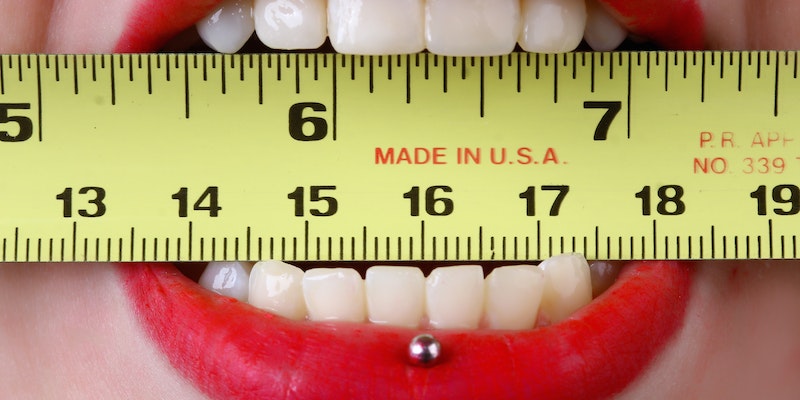When to use heat or when to use ice for lower back pain?
Nov 04, 2023 By Madison Evans
Do you suffer from occasional lower back pain? If so, you're not alone. In fact, nearly 8 out of 10 adults experience some kind of upper or lower back pain in their lifetime and the causes can range from injury to structural issues or even stress-related conditions. Luckily there are a few different methods that can be used at home to alleviate this pain - two of which being heat and ice treatments. Though many might think both are interchangeable, they actually each offer their own unique benefits when addressing muscle pains or chronic discomfort. So let's explore just when is best to use heat and when is appropriate to use ice on your lower back!
Introducing Heat and Ice Therapy
Heat and ice therapies are both forms of physical treatments that can be used to reduce pain and help increase mobility. Heat focuses on improving circulation while a cold pack or ice reduces inflammation and swelling. While either treatment may sometimes provide some short-term relief, they should not be relied upon for long-term solutions – especially if the root cause has not been identified and addressed.
Heat Therapy for Lower Back Pain
Heat therapy can be used to improve blood flow and reduce tension in sore muscles or joints. This type of treatment is especially useful if the pain you're experiencing is due to tight, overused or stressed muscles - as it helps relax them and make them more flexible. It can also be used to reduce inflammation and provide temporary relief from pain. Heat therapy can be administered in a variety of ways, such as hot water bottles, microwavable heat packs or even taking a warm bath.
Ice Therapy for Lower Back Pain
Ice therapy is most commonly used for acute injuries that have occurred recently, such as sprains or strains. Applying a cold pack to the area can help reduce inflammation and swelling, as well as numb the affected area. It should be used immediately after an injury and then intermittently over the next 24-48 hours in order to speed up the healing process. Ice therapy can also be beneficial for chronic pain that is caused by inflammation, such as arthritis or sciatica.
When there’s no clear consensus:

Alternate Heat and Ice
If you’re not sure whether heat or ice is the best option for your lower back pain, it may be helpful to alternate between them. Start with a cold pack for 10 minutes, followed by a hot pack for 10 minutes. Make sure you cover the affected area to prevent skin irritation – cloth or towels work well. Repeat this process for up to 30 minutes in order to maximize the benefits of both treatments.
Benefits of Using Heat or Ice for Lower Back Pain:

- Applying either heat or ice to your lower back can help reduce pain, inflammation and stiffness.
- Heat therapy increases blood flow by stimulating the circulation of blood through the affected area, which helps to relax muscles and ease tension. This can also reduce muscle spasms that may be contributing to your discomfort.
- Ice therapy works by reducing swelling and relieving pressure on the nerves in your lower back. The cold temperature helps to numb pain receptors and reduce inflammation, providing instant relief from discomfort.
- Both heat and ice therapy are relatively inexpensive treatments that can be safely administered at home.
However, it is important to note that these therapies should not be used for more than 20 minutes at a time, as overuse can cause tissue damage. Additionally, if your pain persists for more than a few days, it is important to consult with your doctor or healthcare provider to determine the best course of treatment.
Potential Risks of Using Heat or Ice for Lower Back Pain:
While heat or ice therapy can be beneficial for treating lower back pain, there are potential risks associated with these treatments.
- It is important to use the correct temperature and avoid contact with sensitive areas. Applying too much heat or cold for an extended period of time can cause skin irritation or tissue damage.
- It is important to consider any underlying medical conditions you may have, such as circulatory problems or diabetes, which can be exacerbated by the application of heat or cold.
- If your pain persists for more than a few days despite treatment with heat or ice, it is important to contact your doctor or healthcare provider. This could indicate a more serious underlying condition that requires additional medical attention.
Conclusions:
Heat and ice therapies can be used to provide temporary relief from lower back pain. Heat is effective for relaxing tight muscles, whilst cold reduces inflammation and swelling. However, it's important to take safety precautions when using these treatments – start with a low setting on the heat and wrap your cold pack in a towel before application. If the pain persists then make sure to consult with a doctor as soon as possible in order to diagnose any underlying issues. With the right approach, heat and ice therapies can be a simple way of reducing your lower back discomfort.

Explore 10 Prominent Health And Nutritional Benefits Of Rutabaga

Gender Selection: Is it Possible Through IVF?

An In-depth Exploration of Your Weight Training Journey

Meditative Healing: 11 Techniques to Alleviate Depression

Teeth whitening tips and tricks are all over the internet, and in this article, we have compiled the best ones for you.

How to Get Rid of Canker Sores

Selenium Explored: Health Benefits, Dietary Sources, Recommended Dosage, and Risks


